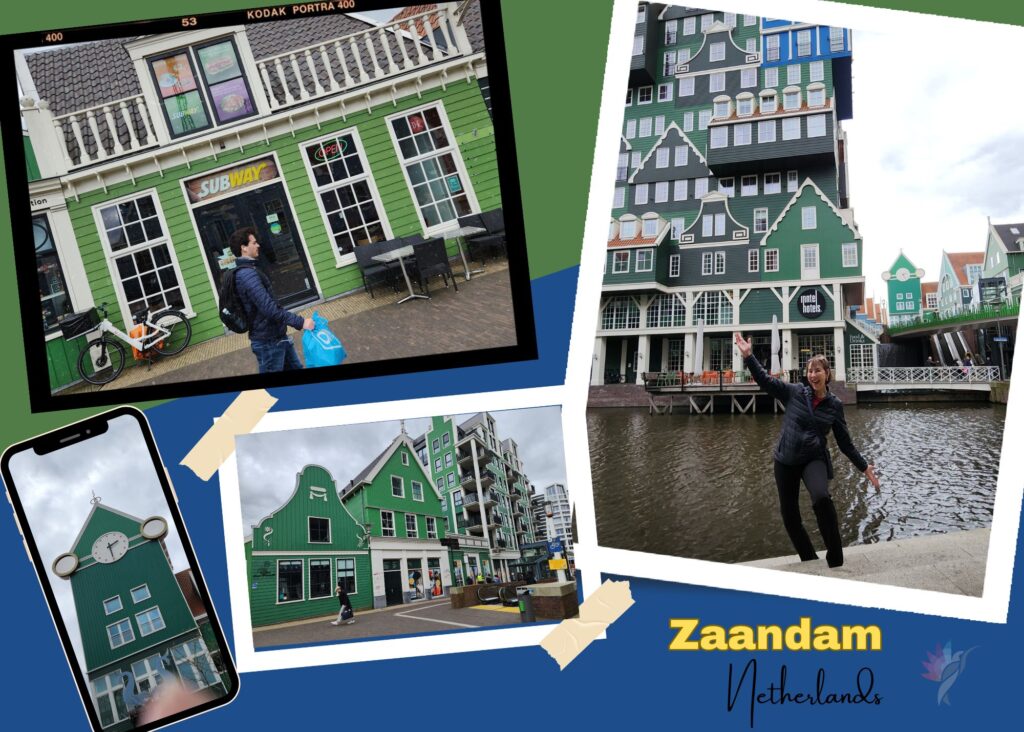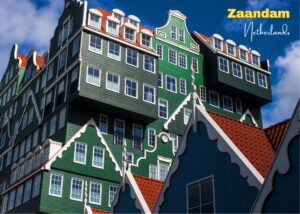I recently had the pleasure of spending two incredible weeks in the Netherlands and Bavaria, Germany! It turned out to be one of the most memorable solo trips I’ve ever taken. Nothing was preplanned, but I had a few spots on my must-visit list, and I managed to hit all of them—except for Giethoorn in the Netherlands and the Zugspitze in Germany.
My first stop in the Netherlands was…you guessed it, the TULIP FIELDS! Cycling through those vibrant, colorful fields was an amazing experience. Fresh air, blue skies, no traffic, and the freedom to ride wherever I wanted—pure bliss!
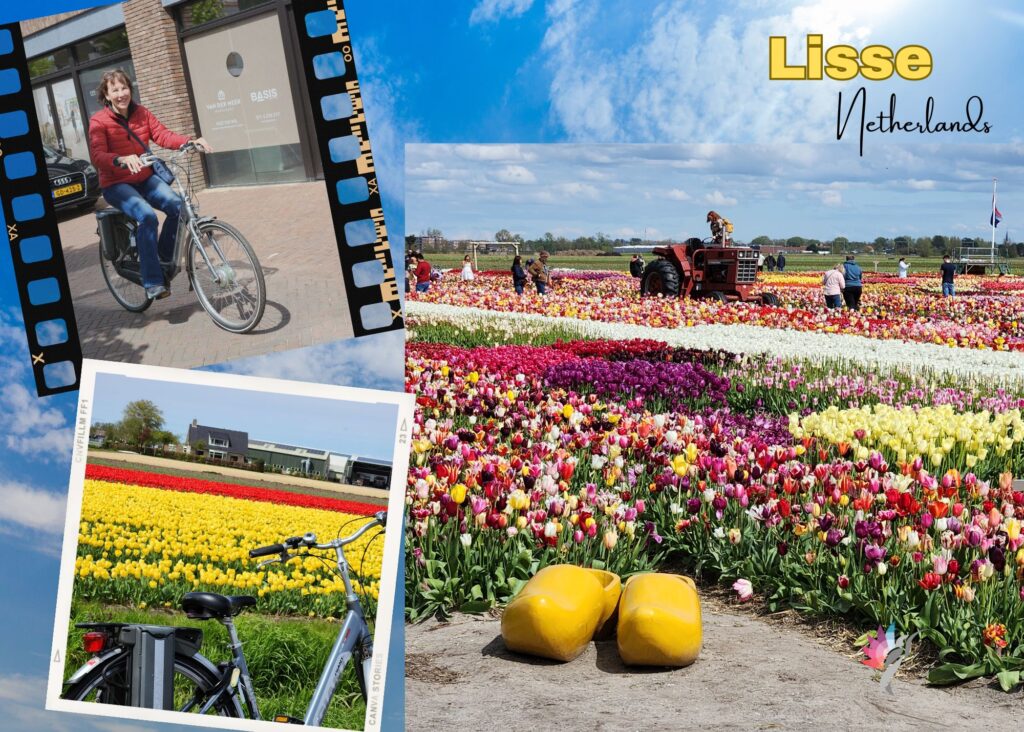
One of the highlights of my trip was visiting Zaandam and Zaanse Schans. It was probably one of the windiest days I’ve ever experienced, but despite the crazy wind, I couldn’t help but notice all the green paint on the windmills and buildings in Zaandam. Being my curious self, I had to find out why, and here’s what I learned about the green paint!
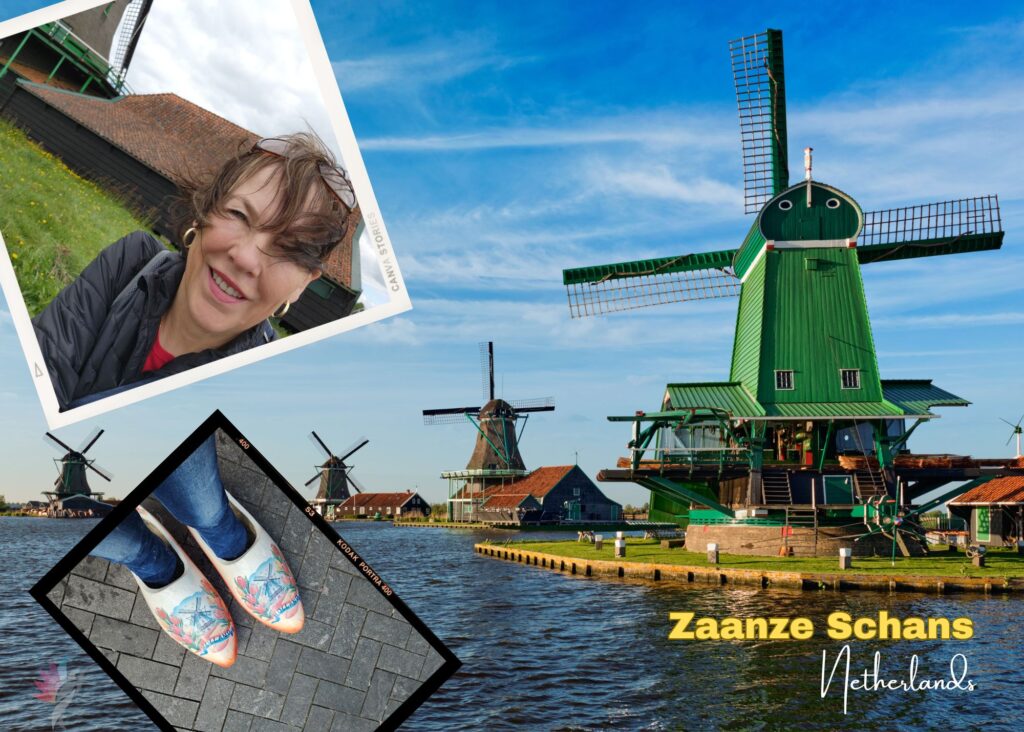
The green paint color in Zaandam is indeed quite prominent and holds a special place in the town’s history. Here’s an explanation of why green is so prevalent and the story behind it:
The Significance of Green in Zaandam
Zaandam, a town located just north of Amsterdam, is famous for its distinctive green-painted wooden houses. This tradition dates back to the 17th and 18th centuries when Zaandam was a major industrial hub, particularly known for its windmills, which powered sawmills and other industries.
Practical Reasons for Green Paint
- Availability of Pigments: During the 17th century, green pigments were more readily available and affordable in the region. The pigment was often derived from natural sources, such as copper, which was accessible due to trade and local industry.
- Protective Qualities: The green paint used in Zaandam was not just about aesthetics. The paint, made from a mixture of linseed oil and copper-based pigments, provided excellent protection against the harsh, damp climate of the Netherlands. This helped preserve the wooden structures from rot and decay.
Cultural and Aesthetic Reasons
- Visual Uniformity: The use of green paint created a sense of visual uniformity and cohesion within the town. This uniformity was valued in Dutch culture, reflecting a sense of community and collective identity.
- Connection to Nature: The color green has always been associated with nature, growth, and prosperity. In Zaandam, surrounded by lush landscapes and waterways, the green-painted houses blended harmoniously with the natural environment, reinforcing the town’s connection to its rural roots.
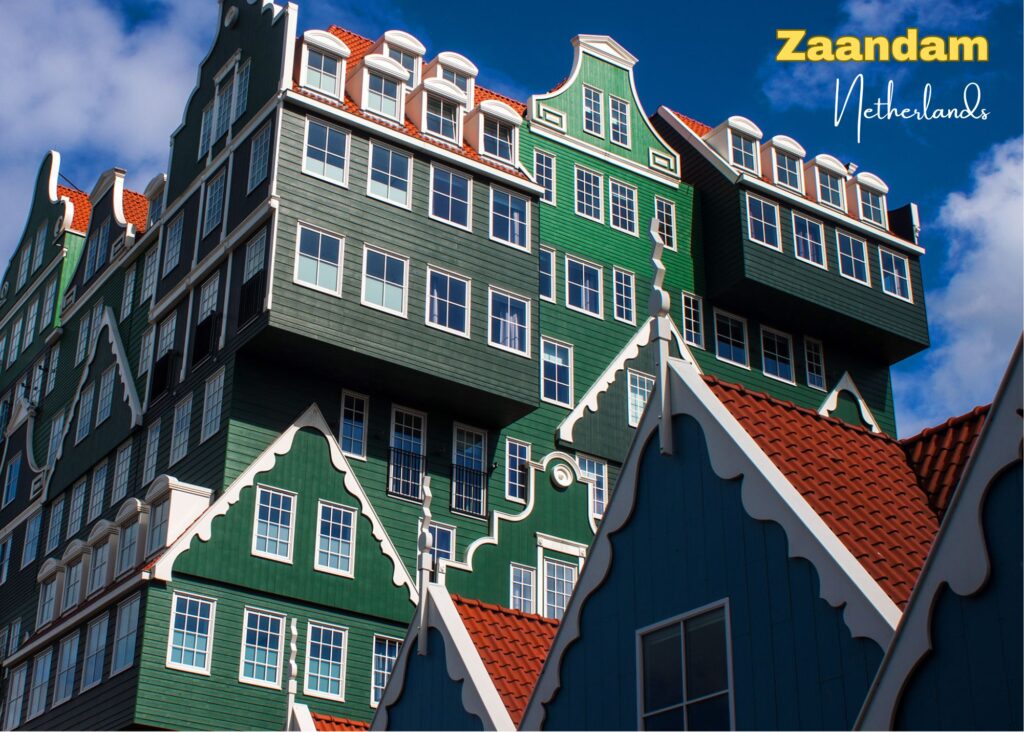
Historical Context and Legacy
The green color has become so iconic that it remains a key feature of Zaandam’s identity. In modern times, the town has embraced this historical aesthetic, and the green-painted houses have become a significant attraction for tourists. The color scheme has been carefully preserved and replicated in new buildings to maintain the town’s unique character.
One of the most famous examples of Zaandam’s green architecture is the Inntel Hotel, designed to resemble a stack of traditional Zaan houses, all painted in varying shades of green. This modern architectural marvel pays homage to the town’s rich history and the enduring legacy of its green paint.
The prominence of green paint in Zaandam is a testament to the town’s historical, practical, and cultural evolution. It symbolizes a blend of practicality and aesthetics, rooted in the town’s industrial past and continuing to define its charming present. As you explore Zaandam, the sea of green houses stands as a vibrant reminder of the town’s unique heritage and its ongoing celebration of tradition.
